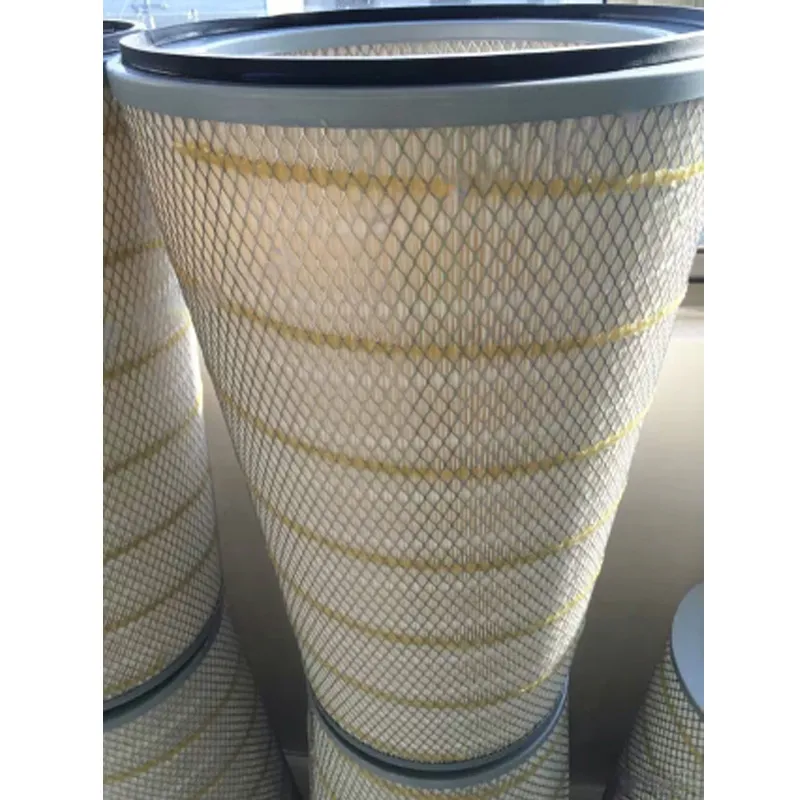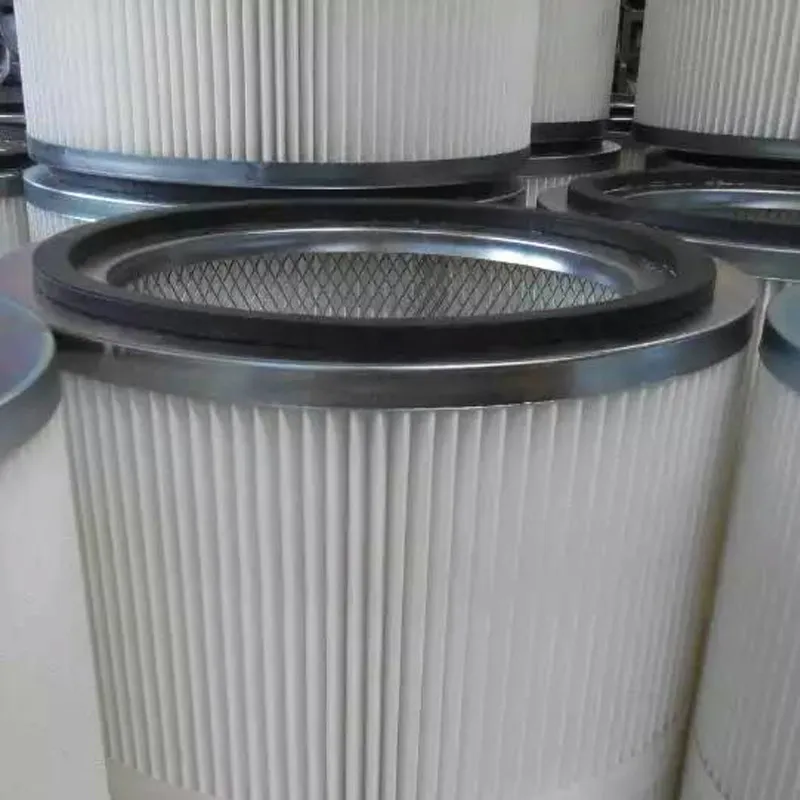 Tel:
+8618931101301
Tel:
+8618931101301
12 月 . 03, 2024 18:12 Back to list
powder coating air filters
Understanding Powder Coating Air Filters Importance and Best Practices
Powder coating is a popular finishing process that offers a durable and high-quality surface on various materials, especially metals. Unlike traditional liquid paints, powder coating uses a dry powder that is electrostatically charged and applied to a substrate. It is then cured under heat to form a hard finish. While the advantages are plentiful, such as improved durability, resistance to chipping, and environmental benefits, the process also requires effective air filtration systems to ensure optimal outcomes. This article delves into the role of air filters in powder coating, their types, maintenance, and best practices.
The Role of Air Filters in Powder Coating
Air filters play a crucial role in the powder coating process by ensuring that the air quality within the coating area remains optimal. Contaminants such as dust, debris, and other airborne particles can significantly affect the quality of the finish if they come into contact with the surface being coated. Poor air quality can lead to issues like uneven finishes or contamination, which can compromise the durability and aesthetic appeal of the powder-coated product.
By employing effective air filters, powder coating facilities can minimize the introduction of these contaminants into the environment. This helps in achieving a smooth and uniform coating application, resulting in an end product that meets or exceeds quality standards.
Types of Air Filters
Several types of air filters can be utilized in a powder coating operation, each serving distinct purposes. The most common types include
1. Pre-Filters These are the first line of defense and are designed to capture larger particles such as dust and lint. They help to prolong the life of more sophisticated filters by removing the bulk of contaminants before they reach them.
2. HEPA Filters High-Efficiency Particulate Air (HEPA) filters can capture smaller particles down to 0.3 microns in size with high efficiency. This type of filter is essential for ensuring that the air quality is of the highest standard, particularly in environments where fine powders are used.
3. Activated Carbon Filters These filters are effective in removing volatile organic compounds (VOCs) and odors that may be released during the curing process. Incorporating carbon filters can further improve the air quality, ensuring a safer working environment.
powder coating air filters

4. Electrostatic Filters These are designed to use an electric charge to attract and capture particles, enhancing filtration efficiency. They are particularly beneficial in operations with a lot of fine powder, as they help in keeping the air clean and preventing buildup in the coating area.
Maintenance of Air Filters
To ensure the longevity and effectiveness of air filtration systems, regular maintenance is crucial. Here are some best practices
- Regular Inspection Conduct frequent checks on the filters to assess their condition. Look for signs of clogging or damage that could impair performance.
- Scheduled Replacement Based on the manufacturer's recommendations and the operational demands, establish a schedule for replacing filters. Overdue replacement can lead to reduced airflow and increased contaminants in the coating area.
- Cleaning Some filters can be cleaned and reused. Depending on the type, establish a cleaning routine that adheres to best practices to maintain efficiency.
- Monitoring Air Quality Implement air quality monitoring to detect changes. This proactive approach can help in making timely adjustments to the filtration system as needed.
Conclusion
The importance of air filters in powder coating processes cannot be overstated. By selecting the right type of filters, maintaining them properly, and monitoring air quality, businesses can significantly enhance the quality of their powder-coated products. This not only saves time and resources in the long run but also ensures compliance with industry standards and customer satisfaction. As the powder coating industry continues to evolve, prioritizing air quality will remain a vital component in achieving superior results.
-
How to choose a high-efficiency air filter? Here comes a professional guideNewsOct.21,2024
-
Air filter: multi-field application, protecting fresh airNewsOct.17,2024
-
Carbon air filter: a green guard to protect air qualityNewsOct.16,2024
-
Can activated carbon completely remove indoor odors and pollutants in air purification?NewsOct.14,2024
-
How to filter air efficiently and ensure indoor air quality?NewsOct.12,2024
-
Activated carbon filter: the invisible guard of clean water lifeNewsOct.11,2024

 Email:
Email:





